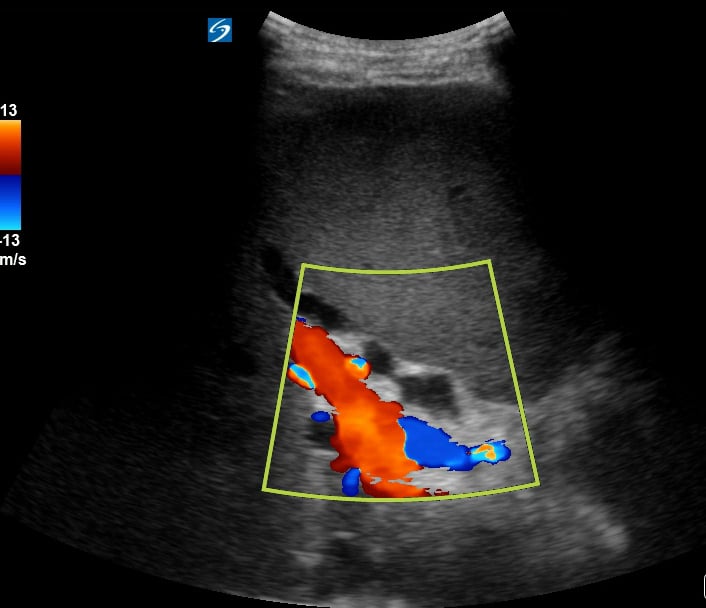In abdominal ultrasound, biliary sludge refers to a viscous mixture of particulate matter, primarily cholesterol crystals and calcium bilirubinate granules, suspended in bile. Often appearing as a mobile, non-shadowing layer within the gallbladder, it indicates impaired gallbladder motility or bile stasis. While sometimes asymptomatic, sludge can lead to biliary colic, cholecystitis, or pancreatitis, making its detection crucial in medical diagnostics.
Ultrasound is the primary modality for identifying abdominal sludge due to its non-invasive nature and real-time visualization capabilities. Its presence highlights the need for clinical correlation and, in symptomatic cases, may necessitate lifestyle modifications or medical intervention to prevent further complications. Understanding biliary sludge on ultrasound is key for accurate abdominal assessment and patient management.


